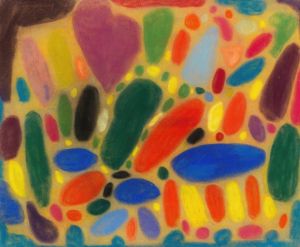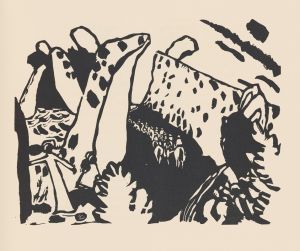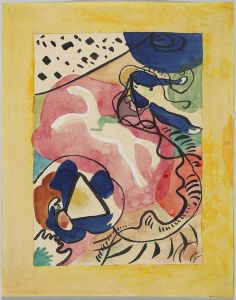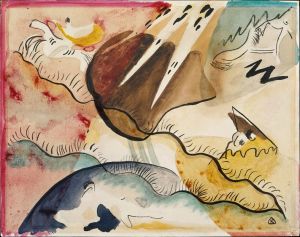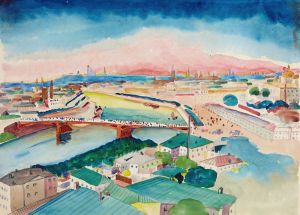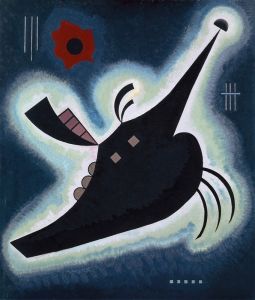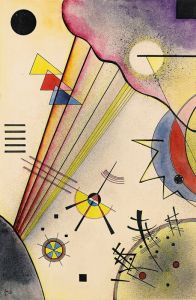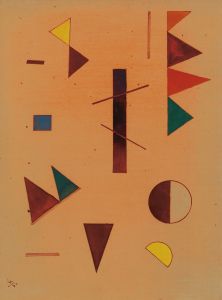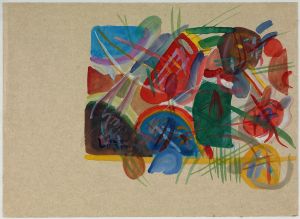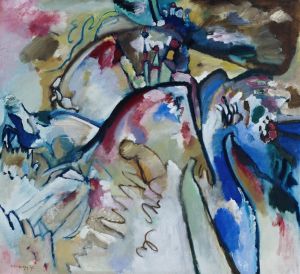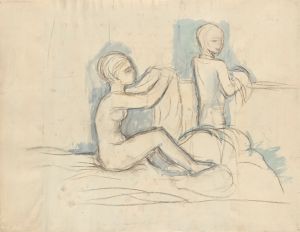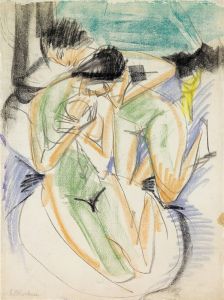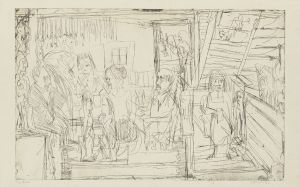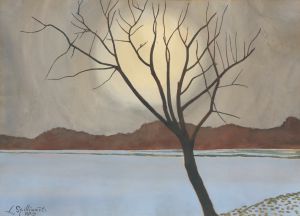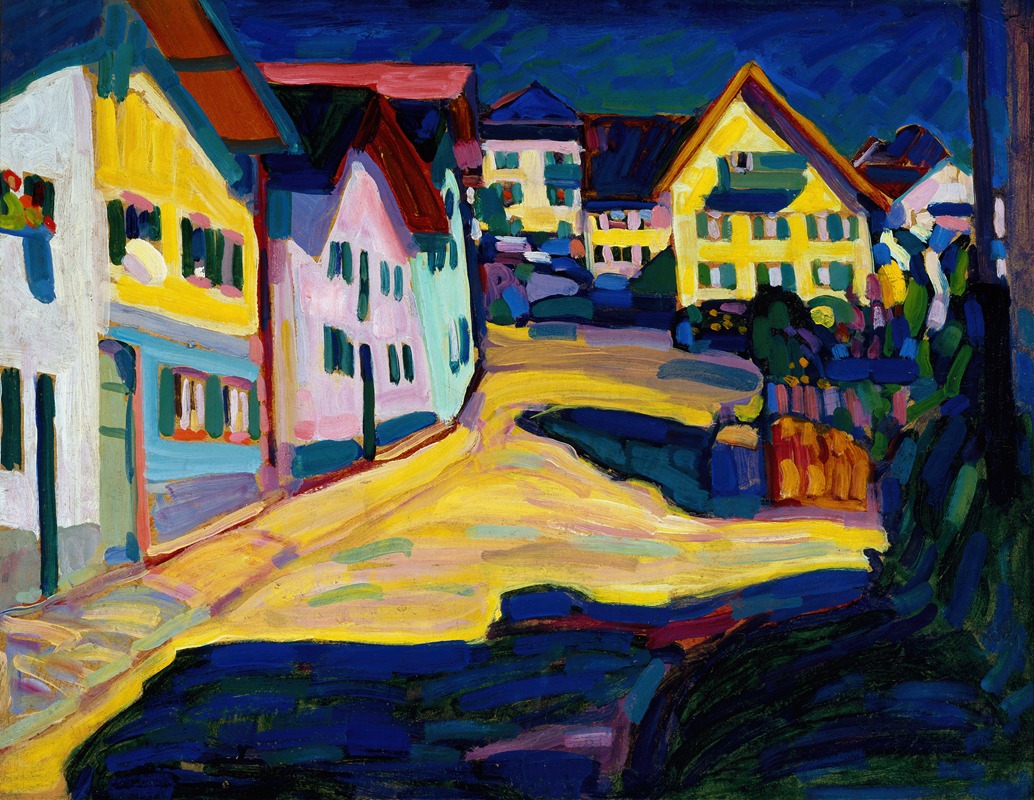
Murnau, Burggrabenstrasse 1, 1908
A hand-painted replica of Wassily Kandinsky’s masterpiece Murnau, Burggrabenstrasse 1, 1908, meticulously crafted by professional artists to capture the true essence of the original. Each piece is created with museum-quality canvas and rare mineral pigments, carefully painted by experienced artists with delicate brushstrokes and rich, layered colors to perfectly recreate the texture of the original artwork. Unlike machine-printed reproductions, this hand-painted version brings the painting to life, infused with the artist’s emotions and skill in every stroke. Whether for personal collection or home decoration, it instantly elevates the artistic atmosphere of any space.
Wassily Kandinsky's "Murnau, Burggrabenstrasse 1, 1908" is a significant work that marks an important period in the artist's career, reflecting his transition towards abstraction. Painted in 1908, this artwork is part of Kandinsky's exploration of color and form, which would eventually lead him to become one of the pioneers of abstract art.
Kandinsky, a Russian painter and art theorist, was living in Munich at the time, and he frequently visited the small town of Murnau in Bavaria, Germany. Murnau, with its picturesque landscapes and vibrant colors, provided a rich source of inspiration for Kandinsky and his contemporaries, including Gabriele Münter, with whom he shared a close personal and professional relationship. The town's scenery played a crucial role in Kandinsky's artistic development during this period.
"Murnau, Burggrabenstrasse 1, 1908" captures a street scene in Murnau, showcasing the artist's evolving style. The painting is characterized by its bold use of color and simplified forms, which are indicative of Kandinsky's move away from traditional representation towards a more abstract approach. The composition features a street lined with houses, depicted in vivid hues that emphasize the emotional impact of color rather than realistic depiction.
This work is part of a series of paintings Kandinsky created during his time in Murnau, where he experimented with the expressive potential of color and form. The influence of Fauvism, with its emphasis on strong color and painterly qualities, is evident in this painting. Kandinsky's use of color in "Murnau, Burggrabenstrasse 1, 1908" is not merely decorative but serves to convey a sense of mood and emotion, a concept that would become central to his later abstract works.
The painting is also significant for its role in the development of the Blue Rider (Der Blaue Reiter) movement, which Kandinsky co-founded in 1911 with Franz Marc. This group of artists sought to transcend the traditional boundaries of art by focusing on spiritual and symbolic content, often using color as a primary means of expression. "Murnau, Burggrabenstrasse 1, 1908" exemplifies the early stages of this artistic philosophy, as Kandinsky began to prioritize the inner necessity of the artwork over its external representation.
Kandinsky's time in Murnau was a period of intense creativity and experimentation, and "Murnau, Burggrabenstrasse 1, 1908" is a testament to his evolving artistic vision. The painting not only reflects his personal journey towards abstraction but also contributes to the broader narrative of early 20th-century art, where artists were increasingly challenging the conventions of representation and exploring new ways of seeing and interpreting the world.
Today, "Murnau, Burggrabenstrasse 1, 1908" is recognized as an important work in Kandinsky's oeuvre, illustrating his transition from representational art to the abstract compositions for which he is best known. The painting remains a valuable piece for understanding the development of modern art and Kandinsky's influential role in shaping its direction.





